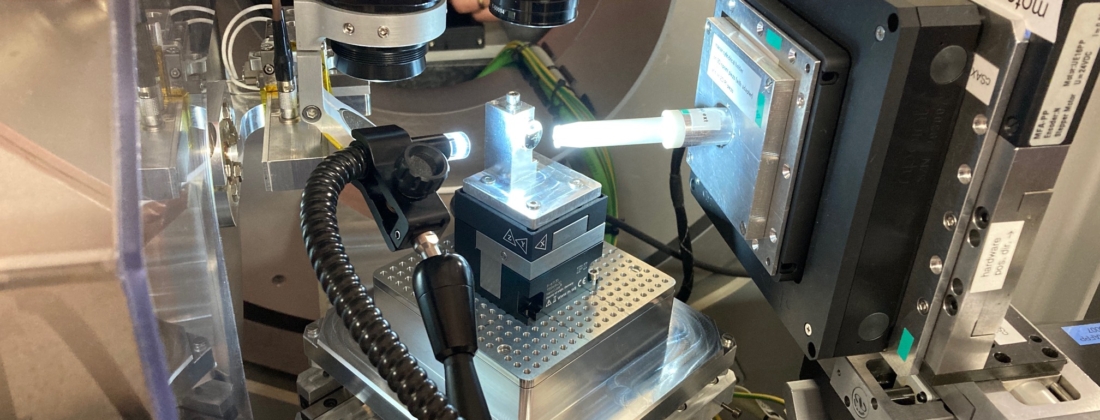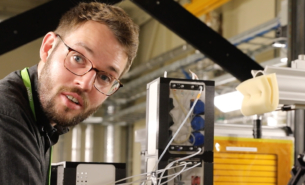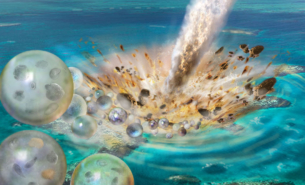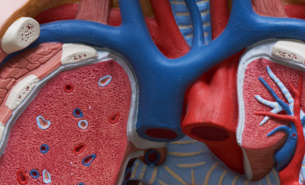Researchers at MAX IV measured echoes produced by silicon crystals using the coherent X-ray based technique, tele-ptychography, at NanoMAX imaging beamline. Their findings reveal that strain can be used to tune the time delay of echoes, an important step for tailoring ultrafast X-ray optics.
“The use of coherent X-rays to visualize echoes is new. This is the first time it has been used for this purpose, however, the technique itself is not new,” said Dina Carbone, MAX IV Beamline Scientist and project leader.
Echoes are parallel, monochromatic X-ray beams which appear, with time delay, from the diffraction of perfect crystals, which are often used in ultrafast optics systems. Dynamical diffraction effects produce echoes.
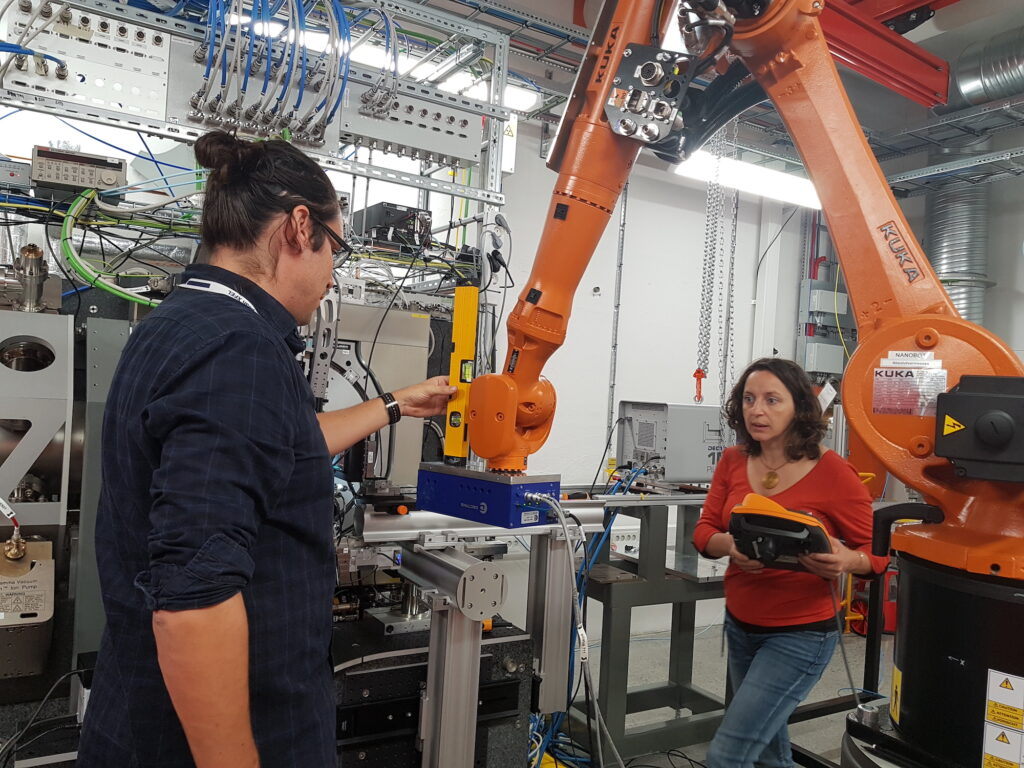
Echoes are difficult to observe because of their proximity to each other—only a few microns apart—and appear even closer in the presence of strain, explained Carbone. “We knew it would become possible to see them using this new special approach. It would also be quite a challenge because we had to build an ad-hoc setup at NanoMAX. The experience of the group from PSI [Paul Scherrer Institute] was quite crucial.”
Changes in the wave fronts
The researchers used 100-micrometre-thick silicon (Si) wafers and applied nano indents at Chalmers University to one of the wafers to create localized strain fields. The samples were measured at NanoMAX beamline using a special inverse microscopy technique, tele-ptychography. The Si crystals generated dynamical diffracted wavefronts. From this data, the group observed changes in the wavefronts with modest strain, and deduced how strain could be used to tune the time delay of echoes from the Si crystals. Simulations and the experiment showed that the presence of strain sped up the echoes.
“With control of the strain we can both slow the echoes or make them faster,” said Angel Rodriguez-Fernandez, now Instrument Scientist at the European XFEL in Germany, and lead author of the study. “This is quite interesting and means that we could create strained layers to generate new channel-cuts based on echoes for femtosecond applications.”
Today, echoes are used at X-ray Free Electron Lasers (XFELs) to produce self-seeded monochromatic radiation.
The NanoMAX study contributes to our knowledge of how dynamical diffraction effects occur in strained and perfect crystals and broadens the potential for development of new X-ray optics using echoes. The research group is currently investigating how dynamical effects can be relevant in less-than-perfect crystals, and in doing so, aims to improve the analysis tools used to study the materials with coherent X-rays imaging techniques.
Publication
